Home | Course Information | Teaching Staff | Contact Us
ABOUT THIS COURSE
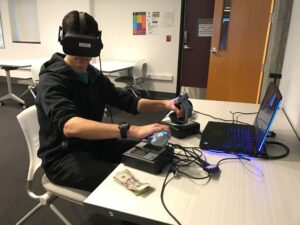
In this course we’re going to be looking closely at virtual reality and virtual worlds. We’ll explore the history of virtual reality, augmented reality and virtual worlds more generally, as well as providing an overview of concepts such as immersion, presence and the uncanny valley as they relate to virtual reality development. We’ll also look at how technologies like virtual reality headsets interact with our perception systems, and how immersive environments can be used to tell stories or enable people to socialize and collaborate over the web. In the last few weeks of the course, we’ll look at some of the serious applications of VR (such as health, or education applications), as well as some of the ways in which these kinds of technologies can potentially do harm (either social harm, or physical harm). Finally, we’ll look at the future of the medium and what the VR technologies, and virtual worlds, of the future might look like.
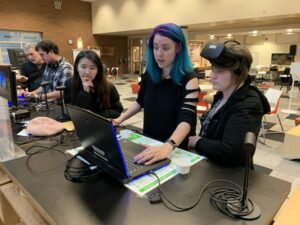
We won’t be building virtual worlds ourselves during this course (unless you want to!), but instead will be focusing on understanding what makes for a great virtual reality experience and how compelling virtual worlds are created. By the end of this course, you should have a much stronger grasp on what makes virtual reality and immersive virtual worlds different to more traditional videogame experiences.
Winter 2019 Syllabus (pdf file)
Here’s a quick overview of what we’re covering each week in this course. Workshops and guest lectures are roughly aligned with the lecture topic for the current week.
- Week 1: Course Introduction and What is VR?
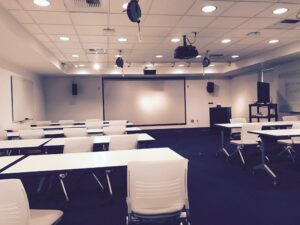
Week 2: History of VR Week 3: Immersion and Presence Week 4: Perception Week 5: Interfaces and Interaction Week 6: Storytelling Week 7: Social Worlds Week 8: Serious Applications Week 9: Social and Ethical Implications Week 10: Future of Virtual Reality
Assessment
This course has three major assessment components, including attending classes and actively participating in class discussions and activities, completing weekly missions that are based on the theme and material for each week and completing a major VR design project in which you will develop documentation for a virtual world of your own design.
01. Course Participation (20%)
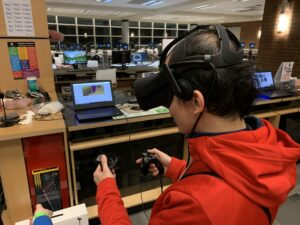
Points for course participation will be awarded for attending classes and actively participating in class discussions and activities. To effectively participate in class discussions, you will also need to do the course readings each week.
02. Weekly Missions (60%)
Each week you will have a choice of a number of missions that you can complete for course credit. You will need to do one of these missions each week to receive the maximum number of points for this component of the course.
03. Major Project (20%)
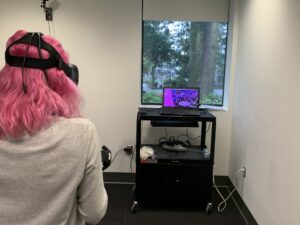
The final assessment task for this course is a major project in which you create the documentation for a virtual world of your own design. You can submit your assignment as a document, or a video, a prototype, or in some other form.
There is no required textbook for this course, but we do provide readings which will be the subject of our discussions in the workshop sessions each week. The readings for each week can be found on the workshops page.
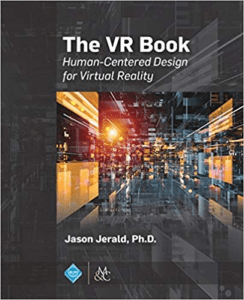
Also, while we don’t require that you buy a textbook to participate in this course, we have used one in the process of developing a lot of the course materials. If you’d like to get a copy of that textbook (either by purchasing it, or borrowing it from the library) here are the details:
The VR Book: Human-centered design for virtual reality by Jason Jerald. ISBN: 978-1-97000-112-9
You can buy it online from Amazon or the Book Depository (and it’s probably available in a bunch of other places as well).
During our 2-hour lecture blocks, we’ll regularly invite guest speakers into the classroom to participate in interviews or give a guest presentation. These talks will include a number of successful people who are currently working in VR or virtual world design, predominantly in the US and Australia. These guest lectures will be one of the most valuable parts of the course, so please attend them if you possibly can.
This course is a kind of experiment, where we are connecting classrooms across international borders. While our core group of students will be those who are enrolled in the course at Bellevue College in Washington State, USA, we’ll also have a number of students participating in the course from the University of Tasmania and Launceston College in Tasmania, Australia. Throughout this course, you will have a chance to meet and interact with students from another part of the world (albeit virtually/using technology).
Last Updated November 4, 2020